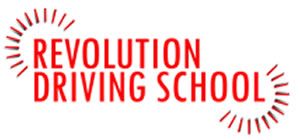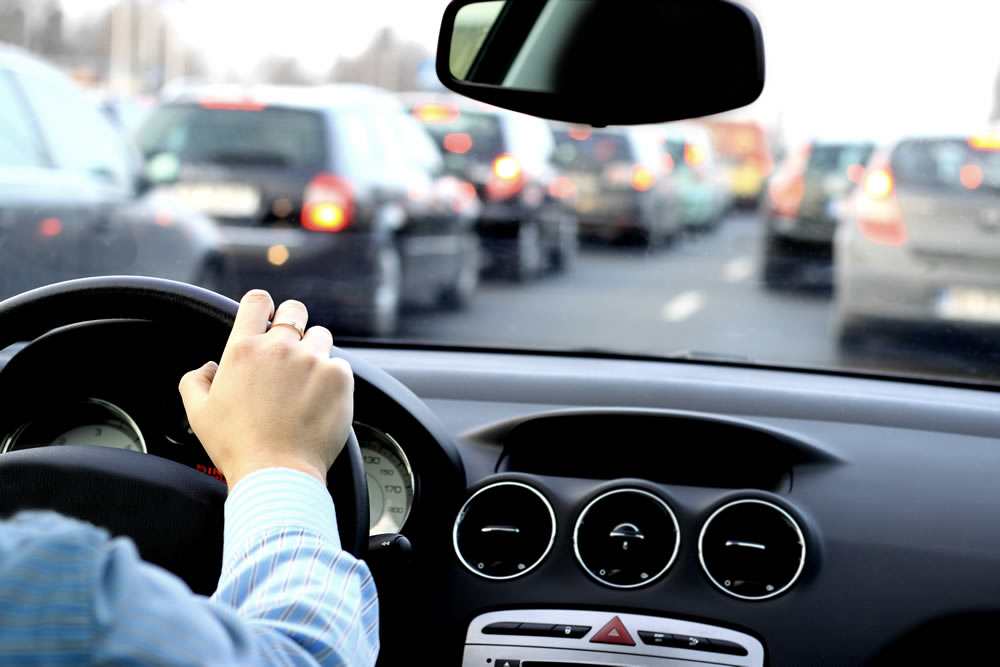In this comprehensive guide, I will provide you with a wealth of information on how to minimize traffic woes and make your driving experience in the Big Apple as smooth as possible. I'll start by offering some quick driving tips, and then delve into specific strategies for avoiding traffic in New York City.
Quick Driving Tips for Navigating New York City:
1. Stay Informed: Before hitting the road, check real-time traffic updates using apps like Google Maps, Waze, or local radio traffic reports. These tools can provide you with crucial information on current traffic conditions, accidents, and road closures.
2. Avoid Rush Hours: New York City experiences heavy traffic during rush hours, typically from 7:00 AM to 10:00 AM and 4:00 PM to 7:00 PM on weekdays. Try to schedule your trips during off-peak hours if possible.
3. Pay Attention to Parking Regulations: Be mindful of parking regulations, as parking violations can lead to hefty fines and towing. Read signs carefully and use apps or websites to find legal parking spots.
4. Toll Roads and Bridges: Be prepared to pay tolls when crossing certain bridges and using tunnels. Many of these tolls can be paid electronically with E-ZPass or similar systems to expedite the process.
5. Avoid Blocked Routes: Stay away from areas with ongoing parades, street fairs, or construction when possible, as these events can significantly affect traffic flow.
6. Alternate Routes: Familiarize yourself with alternate routes and side streets that can help you avoid traffic jams on main thoroughfares.
7. Navigation Apps: Use GPS navigation apps to find the fastest routes, which can adapt in real-time to changing traffic conditions. These apps often suggest optimal detours around congestion.
8. Stay Patient: New York City is known for its traffic, so patience is essential. Aggressive driving and road rage can make the situation worse and lead to accidents.
Now, let's look deeper into strategies for avoiding traffic in New York City:
1. Choose the Right Time to Drive:
One of the most effective ways to avoid traffic in New York City is to plan your trips at the right times. The city's traffic patterns vary significantly throughout the day, so consider these time-related strategies:
• Early Mornings: The roads are typically less congested in the early morning hours, especially on weekends. If you can start your journey before 7:00 AM, you'll often encounter lighter traffic.
• Late Nights: Late at night, after 9:00 PM, traffic tends to subside, and you can enjoy a relatively smooth drive. However, keep safety in mind, as some areas might be less well-lit during these hours.
• Weekends: New York City traffic is generally lighter on weekends, with Sunday mornings being particularly peaceful. Plan your leisurely trips for weekends to minimize congestion.
2. Stay Informed with Traffic Apps:
Technology is your friend when it comes to avoiding traffic in New York City. Utilize the following traffic apps to stay informed and plan your routes:
• Google Maps: This app provides real-time traffic data, estimated travel times, and alternate routes. It can help you navigate around congestion and accidents.
• Waze: Waze is a community-based navigation app that relies on user input to provide up-to-the-minute traffic information, road closures, and accident alerts.
• NYC 511: The official New York City Department of Transportation app offers traffic and road condition updates, as well as information about parking rules and traffic cameras.
• Transit App: If you're primarily using public transportation, Transit App is a great tool for tracking buses, subways, and trains in real time.
3. Optimize Your Route:
Knowing the best routes and alternate options is crucial to avoiding traffic in New York City. Here's how to optimize your route:
• Pre-Plan Your Route: Before you start your journey, review your route on a navigation app and look for any potential bottlenecks. Adjust your route to avoid heavy traffic areas.
• Use Local Knowledge: New Yorkers often have insider knowledge about shortcuts and less crowded roads. Ask locals for advice or check community forums for tips.
• Explore Side Streets: Manhattan's grid layout means there are often multiple parallel streets to main avenues. Take advantage of side streets to escape congestion.
• Avoid One-Way Streets: On one-way streets, you may find traffic moving more slowly. Opt for two-way streets whenever possible.
4. Know Your Parking Options:
Finding parking in New York City can be a challenge. If you need to drive and park your vehicle, consider these strategies:
• Parking Apps: Use parking apps like ParkMobile, SpotHero, or ParkNYC to locate available parking spaces and reserve them in advance.
• Street Parking: Be aware of street parking regulations, and use parking apps to find available spots. Pay attention to street cleaning and alternate-side parking rules to avoid fines.
• Parking Garages: Parking garages offer a convenient but often expensive option for parking. Some garages offer discounts for early bird parking, which can be an affordable solution for all-day parking.
• Park-and-Ride: If you're commuting from the suburbs, consider using park-and-ride facilities near subway or train stations. This allows you to avoid driving in the city and take public transportation for the final leg of your journey.
5. Avoid Special Events and Parades:
New York City hosts numerous special events, parades, and street fairs throughout the year. While these events can be enjoyable to attend, they can also cause traffic disruptions. To avoid traffic caused by special events:
• Check Event Calendars: Keep an eye on event calendars for New York City. Many websites and apps provide event information that can help you plan your trips around them.
• Use Alternate Routes: If you must drive through an area with a special event, try to find an alternate route to avoid road closures and congestion.
• Plan Ahead: If you intend to attend an event, arrive early to secure parking, or consider using public transportation.
6. Learn About Bridge and Tunnel Tolls:
New York City is connected to its surrounding areas by a network of bridges and tunnels, many of which have tolls. Here's what you should know about tolls:
• E-ZPass: The E-ZPass system allows you to pay tolls electronically, which can save time and reduce the need for cash transactions. Ensure your vehicle is equipped with an E-ZPass tag if you plan to cross bridges and tunnels regularly.
• Peak and Off-Peak Hours: Some tolls charge higher rates during peak hours. Plan your trips to avoid these times if possible.
• Alternative Routes: Some bridges and tunnels may have less traffic or lower tolls than others. Research your options to find the best route for your specific needs.
7. Stay Safe and Patient:
Last but not least, safety is paramount when navigating the bustling streets of New York City. Here are some essential safety and patience tips:
• Pedestrians and Cyclists: Be extra cautious around pedestrians and cyclists, especially in areas with heavy foot traffic.
• Bicyclists: Look out for bike lanes and be mindful of cyclists sharing the road. Use your turn signals and check your blind spots when changing lanes.
• Road Etiquette: Follow proper road etiquette, obey traffic laws, and be courteous to other drivers. Avoid aggressive driving, as it can lead to accidents and road rage.
• Emergency Services: Make way for emergency vehicles by pulling over to the side of the road and allowing them to pass. Failure to do so can result in fines.
• Parking Rules: Respect parking rules and regulations. Illegally parked vehicles can be towed, and fines can be hefty.
• Weather Conditions: New York City experiences various weather conditions, so be prepared for rain, snow, or ice. Drive cautiously during adverse weather, and equip your vehicle with appropriate tires and equipment.
Driving in New York City can be a challenging but manageable experience if you plan ahead and use the strategies and tips outlined in this guide. Staying informed, avoiding rush hours, and taking advantage of public transportation, ridesharing, and carpooling options can help you minimize the stress of traffic congestion. Additionally, knowing your parking options, avoiding special events and parades, and staying safe on the road will contribute to a smoother and more enjoyable driving experience in the city that never sleeps.

